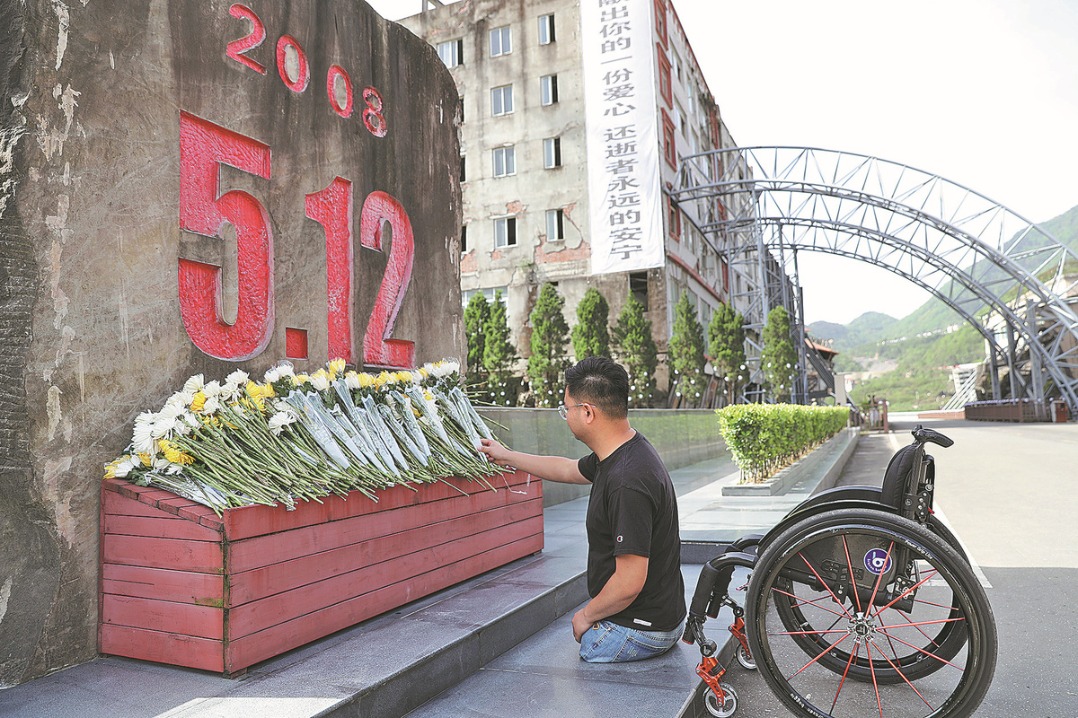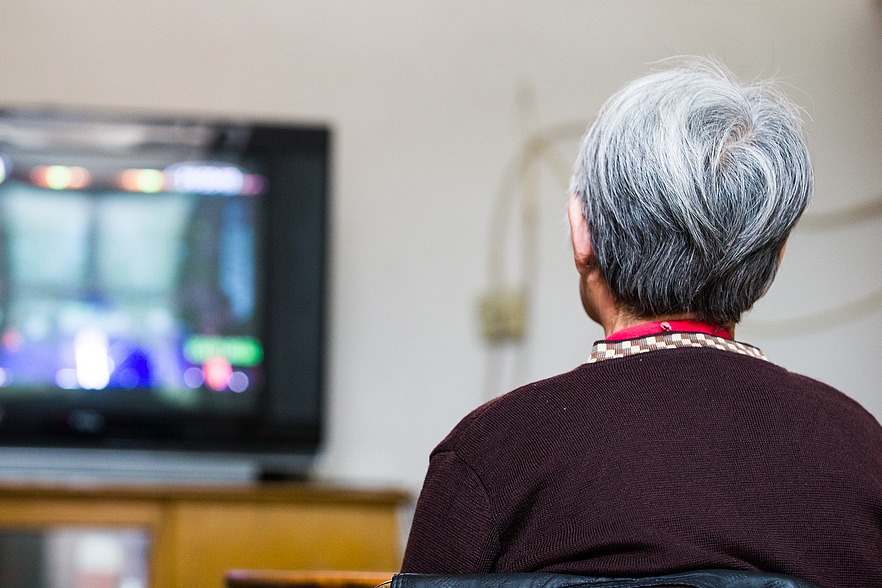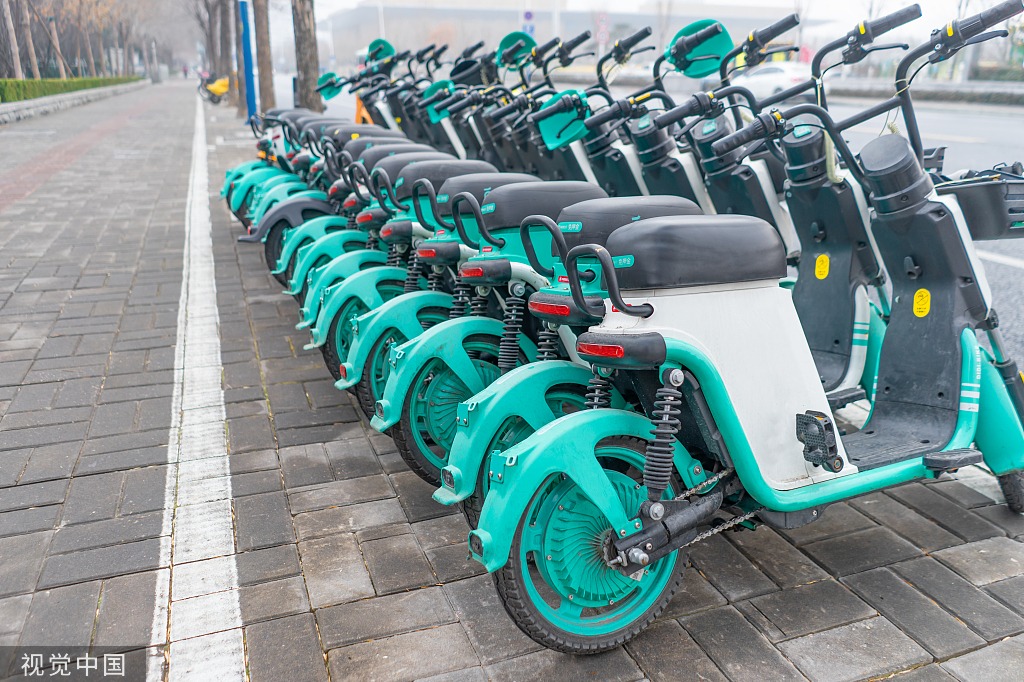Making a difference
By Xing Wen | China Daily | Updated: 2018-08-29 09:17

A team led by Peter Ma (second from left) from the United States that produced the Clear Water AI finishes as the runner-up in this year's China-US Young Maker Competition.[Photo provided to China Daily]
Inspiration from reality
Sun Hongbin, the chairman of the judging panel, says the original aspiration for running the competition was to put people first, and that has been embraced by projects like The Guardian which is based on people's needs.
Another example is an interactive posture-sensing garment, designed by Tongji University's Liu Fuxin and her team, which demonstrates care for people in need of rehabilitation training.
Because demand has far outstripped supply of professional therapists who can help patients recovering from strokes or provide office workers suffering from shoulder and lower back pains with rehabilitation exercises, Sun's team created a garment that is capable of supervising the training instead of therapists.
"Compensatory movements like a shrug decrease the training efficiency," says Sun. "However, the health-friendly clothing can help you avoid posture problems as it assesses your movements using sensors and then the feedback can be seen on an app."
The 23-year-old, together with her peers, has been preparing for the project for a year, including ascertaining problems and forming a team of people with a diverse range of specialities.
"We performed a survey first to discover users' specific requirements," she says.
Similarly, Liu Changgui, a senior from Southwest Jiaotong University was struck by the idea of creating a set of devices for the hearing and vocally impaired to communicate after he met a deaf and mute couple who are vendors at a food market.
Liu went to their stall to buy potatoes and "talked" to them with a pen and paper. They told him the disability was a considerable inconvenience, especially when they consult doctors at the hospital.
"It's hard for doctors to understand their gestures or wait for them to write down their troubles," he says. "Then I decided to make a portable interpreter that can recognize sign language and speak it out."
The audio-visual interpreter, which allows eye contact between the user and other people during communication, ensures an equal status for everyone.
"I hope it can also be installed in such public places as the airport, serving more people with similar afflictions," Liu says.
























